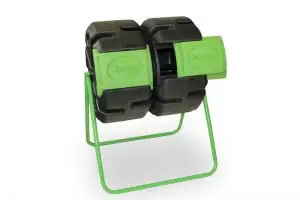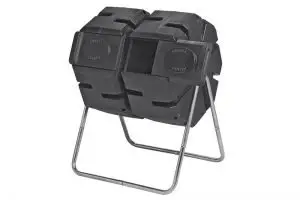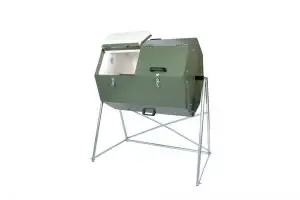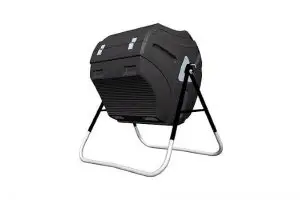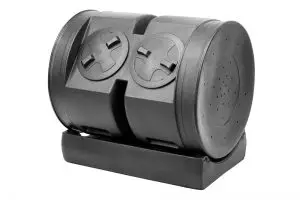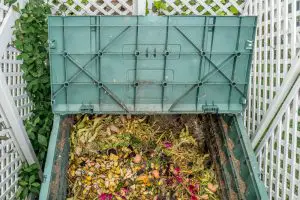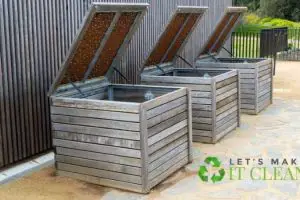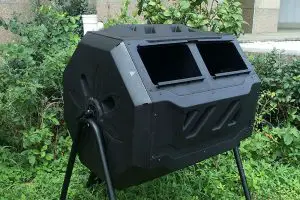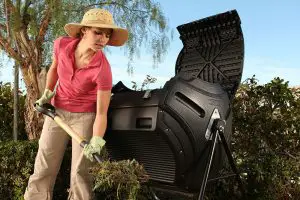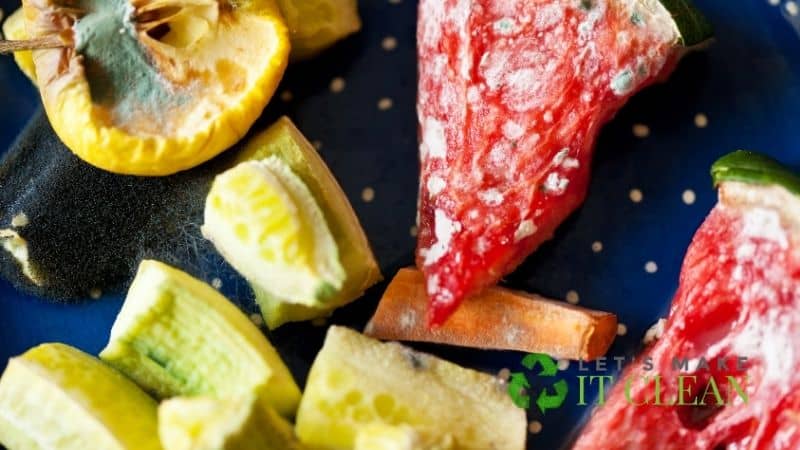Is there a way you can compost weeds? Weeds in the garden can be a real pain. You uproot them, but once it rains, they are back again. But there are ways to use your weed to make compost.
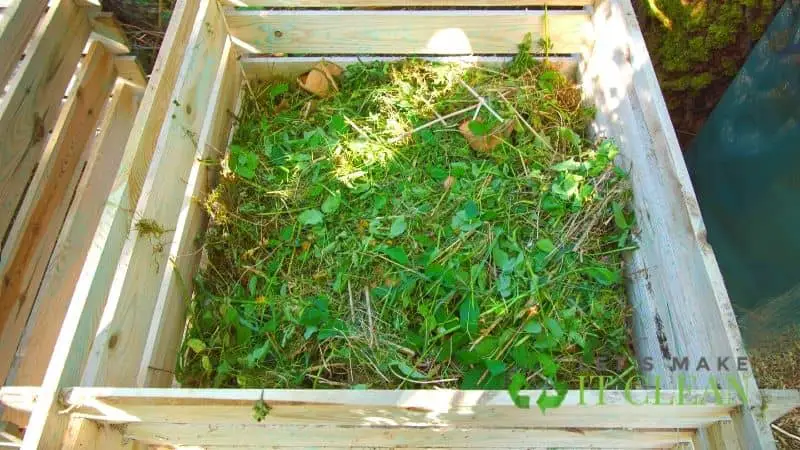
The first step is leaving the weed under the sun to dry, so ensure the roots are dead and make the process of making compost easy. There are different methods of making compost using weed, as you will learn in this article.
Quick Navigation
Weeds are enemies to products in the garden. First, they take away the minerals, and then they take up the water. Weeds should be uprooted from the garden as they will affect the health of the plants.
But what happens after that? In most cases, when you leave them in the garden, they find their way back. If you burn them, you destroy the environment. What’s the best way to get rid of them without harming anything?
Make a compost made of weed. That way, you solve your weed disposal problem and get compost to use in the garden at the same time. So how do you go about the process of making compost using weed?
There are different ways to make compost using weed. You will learn all the different methods in this article.
How Do You Turn Weeds Into Compost? 4 Methods That Work!
1. Hot Composting
Hot composting is an adequate way of composting since it helps kill seeds of weeds over time. The compost pile in these systems can be turned in regularly. With every turn, you will be allowing your compost pile to heat up. You can even achieve over 145 degrees Fahrenheit in hot composting.
A hot composting system will kill the pathogens that reduce crop production. Similarly, stubborn seeds will be incapacitated, resulting in better compost that does not spread weed seeds to the soil. Gardeners can then compost weeds without the fear of having weeds pop up in your garden beds.
To make better compost that has more nutrients, it would be best if you add other organic matter to the compost heap. These materials include kitchen scraps, food waste, dry leaves, garden plants, grass clippings, eggshells, and tea bags.
To kill all the roots of the weeds as well as the seeds, employ the following gardening tips:
Practice Frequent Turning of the Compost Pile
The materials you add to a compost bin require uniform heating conditions. When microorganisms work on the matter in the warmer spots, ensure you turn the pile. This will help the microbes work in the colder regions in the compost bins. (see our selection on the best compost tumblers available on the market)
Be Patient With the Composting Weeds
Allow the composting process to take the required amount of time before removing your compost. This is because hot composting involves adding a large volume of compostable weeds, which need time to decompose fully.
Weed Your Garden
Before you transfer your finished compost to the garden, make sure you do weeding. The nutrients will boost the growth of the existing weeds if you do not remove them first.

2. The Rotting Method
You can use weed to make compost by making weed compost soap. This process doesn’t require much heating up, and for that reason, any gardener can use the process.
To make the weed soap, place the roots in a bucket, fill the bucket with water, hold the weed down the bucket, and use stones or bricks. After that, cover the bucket with a lid to ensure no evaporation happens, or the bucket doesn’t collect more water from rain.
You might like: How to Make a Bokashi Bucket
After that, leave the bucket with composting weeds for around one month for the weeds to rot. After one month, strain the liquid, which by now is a liquid fertilizer. When using, dilute the water using a ratio of five water to one liquid fertilizer.
Use the liquid in your garden now. At this point, you can use the weeds on the compost pile as the roots as the seed is dead, and it will decompose normally.
3. The Desiccating Method
Summer is not only good for outdoor activities like swimming and hiking but also you can take advantage of the summer sun and heat to desiccate weeds.
Put the weeds in a place where they are not direct to the soil but under the sun. Leave it for two to three weeks. After that, the roots will be baked, and at this point, you can add them to the compost pile to compost.
4. The Bagging Method
If the weeds you are planning to compost are large in quantity, then the bagging method is perfect for you. You put the weed in a compostable bag; an example is a paper yard bag.
Put the bag in a hidden place and then place a black plastic bag on it or even better, a carpet. The carpet and the black paper helps to exclude the light and maintain heat in the compostable bag.
After that, leave it for two to three years. By the time those years are over, the roots and seeds will be dead.
BONUS Video: How to Compost Weeds Effectively
Can All Weeds Be Composted in the Compost Bin?
Not all weeds can be composted. Whenever you are composting weeds, make sure you eliminate pernicious weeds. Some perennial weeds demand more heat to kill.
If you don’t have the time required to hot compost, keep the weeds out of your compost pile.
If you are composting in cool climates, avoid the following weeds:
- Buttercups
- Oxalis
- Crabgrass
- Morning glory
- Bermuda grass
- Quackgrass
- Couch grass
Plant material that spreads through runners should also be avoided in the compost pile. These plants include raspberry canes and mint.
The annual weeds are not dangerous when composted before they mature. When these annual weeds reach a certain stage, they begin to flower and set seeds.
If you realize the weeds you are about to compost have gone to seed, ensure you separate them from your compost piles.
When gardeners add dandelions to the compost heap, they risk exposing the garden soil to a dandelion epidemic. You must, therefore, avoid dandelions at all costs.
What Do You Do With Pulled Weeds?
Pulling weeds from the garden with the roots reduces the chances of the weed seeds spreading through your farm. When you pull these weeds, ensure you dry them out in the sun.
Young weeds are more likely to regerminate if they are not adequately dried. For this reason, it would be best if you chop the seed heads then lay them under the sun.
Once the weeds are completely dry, use them as mulch to help in water retention in the soil. The mature pulled weeds should be put in a hot composting system and compost at higher than 200 degrees. This heat intensity kills the weeds’ seed preventing the spread of the specific weed.
Conclusion
With the above methods, you can now dispose of your weed in the best way, making compost. That way, you end up with fine compost for your garden.
Always ensure the roots and seeds are dead before using them in the garden. You can also use the young weed, which doesn’t have seeds yet as a marsh to maintain moisture in the garden.

